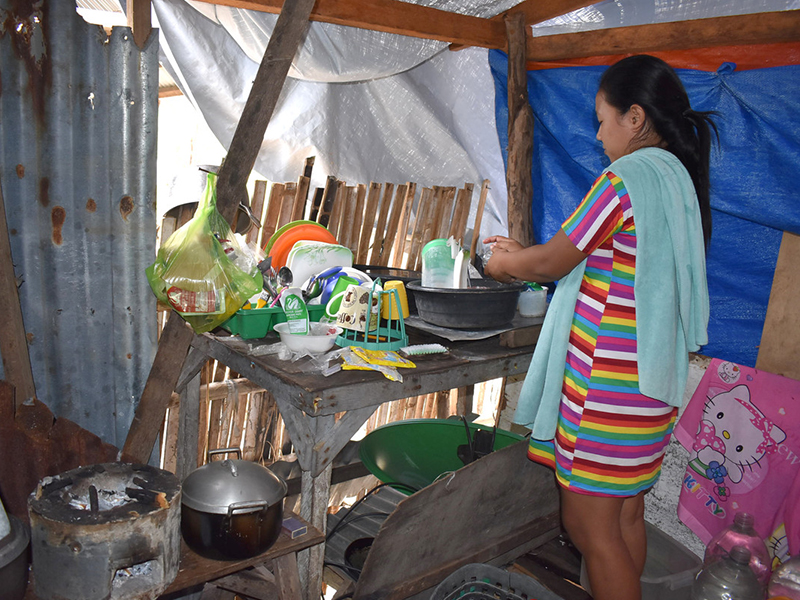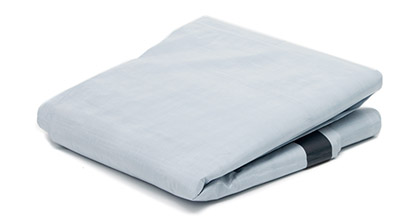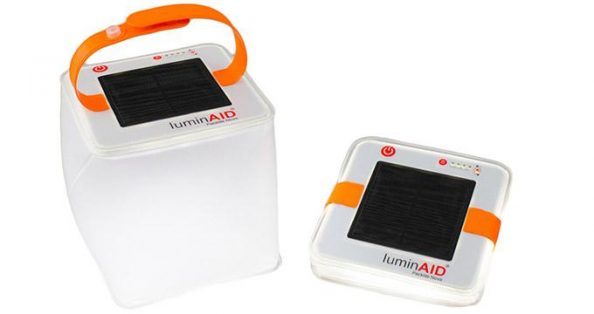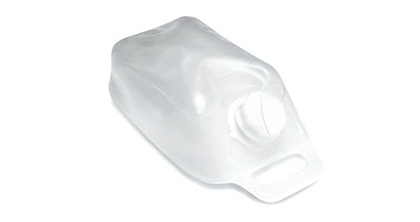Fatima's Story
Seven-year-old Fatima’s family has been displaced many times because of the violence in Syria. She now lives in a camp with her mother Samira and her great-grandmother.
In May 2020, Typhoon Vongfong, locally known as Ambo, devastated communities in the Eastern Samar region of the Philippines.
It was the first named storm of the 2020 Pacific typhoon season, and it made landfall in the midst of the coronavirus pandemic.
Around half a million people were affected – including Nelcie and her family.
Read how Nelcie ‘s life was turned upside down after the powerful typhoon ripped her house apart, and how the family used their ShelterBox aid to return home.
Nelcie, a pregnant mother of three, lives in the Eastern Samar region of the Philippines – a country that’s notorious for the many disasters it suffers every year. Nelcie’s home was her sanctuary; a place where her and her husband, Rodante, chose to grow their beautiful family.
Before the disaster hit, Nelcie would wake up every morning and prepare a meal for her family. Rodante would go to work as a tricycle driver and she would spend her day taking care of the children whilst manning their sari-sari shop. When Nelcie reminisced on her past home, she smiled and said, ‘It was so simple, small, made of light materials but better than what we have now. It was meaningful because we built it using our hard-earned money.’
Sadly, Nelcie is not unaccustomed to devastating disasters that often batter her country. When she knows that a disaster is about to hit, she prepares clothes and food, and packs all their important documents such as birth certificates, before the family evacuates.
Before Typhoon Vongfong hit, she did exactly that.

Nelcie posing with her three children inside their home.
Nelcie remembers: ‘While the wind was ravaging and water was rising, I sent my children ahead with the grandparents to evacuate to the nearest school.
‘Meanwhile, at home, I was preparing our clothes, food, and other important documents, while waiting for my husband or anyone from our neighbors to accompany me to join with my children at the evacuation centre, because I was terrified.
‘My husband had gone on to his usual work schedule that morning because we were confident that the typhoon was [going to be weak]. When he felt the typhoon was not what we were expecting, he tried to rush home, but got stranded at a bridge. He had to stop because it was no longer safe to drive. He left his tricycle and walked home because he was worried for us. I was worried that our house was about to be destroyed and anxious about where they will get the money to repair our house if ever.’
As soon as they were able to, Nelcie and her husband returned to their home to see the damage and get some food.
‘There was no roof, no more walls, no more kitchen along with our things, our appliances were soaked, and what was left were only the floor and the 3x4m sari-sari store. Me and my husband stayed at our bamboo-floored sari-sari store, because it was the only part that was left of the house that has roof and walls. The children stayed with their grandparents because they wouldn’t fit at the sari-sari store.’
Nelcie reflected, ‘It was very hard, we had nothing to cook our own food with, we would borrow our parents’ kitchen utensils. We were anxious about how we can rebuild again. We started begging from our relatives to help and assist us in repairing our house.’ Despite the shock, Nelcie and Rodante began to clean their house and tidy up their things.

The devastating typhoon hit in the middle of the coronavirus pandemic.
Despite the challenges, ShelterBox Operations Philippines partnered with Terres des Hommes (TdH) to support badly hit communities. Families like Nelcie’s received tarpaulins and rope, as well as household items. These enabled them to rebuild their homes and provided a private space for them to protect from the threat of coronavirus.
The family put the aid items to use straight away. They found the nails especially useful, using them for the house frame and installing the tarp. They used the tarp with the rope to create a roof at the core house during the first weeks while waiting for other materials to rebuild their house. Nelcie uses the box to store the children’s clothes, the solar light for the kitchen and toilet, and the water carriers for fetching water.

Tarpaulins
Tarpaulins and rope can enable families to fix damaged walls and roofs.

Solar Lights
Solar lights can allow families to do things together again under the glow of a solar light.

Water Carriers
Water carriers can be used to store purified water, so it can be kept clean and safe to drink.
Nelcie said: “Home is very important to us, for our own protection and my children’s. Home for me is also an avenue for us to learn to live on our own and to take care of our own children.” The family are slowly returning to their normal routine and are now able to eat together in the evenings once again.
Sadly, disasters don’t stop, so Nelcie and Rodante have already begun to prepare in case of another typhoon.
“We doubled the nails and we will use the ropes we received to tie the roof and walls so that they don’t get blown away. Since every year a typhoon is expected, I guess, we will just prepare no matter what the news says. We were too confident with typhoon Ambo. We were not able to prepare well.”

“I was really happy. It was a big help for us, and I was very excited to receive it” – Nelcie.
‘We are very much worried because there are already positive [coronavirus] cases in our area. So, I always make sure my husband brings with him mask, face shield and [hand sanitizer] because he is always out.’
The couple are having to refocus their plans as the virus is affecting Rodante’s work. ‘We are focusing on our sari-sari store now, because my husband’s earnings are not enough because of travel restrictions.’
Seven-year-old Fatima’s family has been displaced many times because of the violence in Syria. She now lives in a camp with her mother Samira and her great-grandmother.
When the devastating earthquake hit Nepal, Surya was almost buried alive. Read her amazing story of survival and recovery.
Baby Yokimi was just three months old when Cyclone Winston hit Fiji